Augmented Reality has been getting a lot of attention as a way for people to engage in new and fun ways with many popular brands such as Star Wars, Legos, and IKEA. In these sectors (entertainment, toy, and retail furniture), it is easy to see how Augmented Reality adds value to the company brand by engaging the customer. But can Augmented Reality also add value by engaging the company’s workforce? In other words, can Augmented Reality be used internally with the workforce as effectively as externally with customers?
Let’s take a look at a crucial aspect of engaging a company’s workforce – attracting and retaining Millennial talent. In 2015, Millennials surpassed Gen X to make up the largest share of the workforce. However, Millennials have different needs and values than Gen X or Boomers and need to be engaged differently. Let’s explore how Augmented Reality can attract and retain Millennial workforce talent.
Access Learning/Information at the Point of Need
According to research by PwC (Millennials at Work: Reshaping the Workplace), over a third of Millennials say that “excellent training and development programs” make an organization an attractive employer. Augmented Reality can transform your current training from good to great by allowing your workforce to access learning and information at the point of need, rather than being tied down to their laptop or desktop computer. Image tracking markers can be embedded in any printed collateral such as job aids, training manuals, and quick reference guides. An employee simply uses a mobile device (tablet or phone) to scan a page and instantly access Augmented Reality content such as a role-play scenario video, additional documents to dive deeper into the content, online forums to ask questions, or a micro game to practice that skill. This allows them to easily access the information they need when, where, and how they want it.
Enhanced Onboarding Experiences
According to market analysis, 87% of Millennials claim that their smartphone never leaves their side. These workers are used to checking their mobile devices constantly throughout the day. This behavior is in stark contrast to what many Millennials experience in their first days with an employer during onboarding experiences. Traditional New Employee Orientation involves listening to lengthy PowerPoint presentations while sitting in a classroom. Augmented Reality can transform portions of this experience by getting the employees up and out of their seats to do a scavenger hunt. As they explore their new work environment, they search for and scan objects that have tracking image stickers placed on them. For example, when they scan the sticker on the office printer, they get pop-ups explaining how to use it, where the supplies are, and a hint of where the next clue is in the scavenger hunt. This experience leverages tools that Millennials are accustomed to using for shopping, socializing, and entertainment in a new way- to learn and to support their work.
Role-Playing Scenarios
A recent Gallup report indicated that 60% of Millennials will seek employment in another company if their needs are not met. One area that many employees struggle with is improving soft skills such as communication. Role-playing is a proven technique to increase these skills. However, to do so traditionally requires scheduling a time and place with other people to do it. Using Augmented Reality and Virtual Reality, employees can step into a realistic scenario and practice their skills while interacting with digital avatars wherever and whenever they need to – without having to accommodate anybody else’s schedule. Immersive AR/VR role-playing scenarios have the added benefit of being able to repeat the experiences as many times as needed to gain mastery.
These Augmented Reality experiences support multiple ways of accessing and engaging with the content to be learned. Doing so increases its stickiness, which in turn leads to greater satisfaction and retention of the content which ultimately supports the attraction and retention of Millennial workforce talent. What new ways can you think of to use Augmented Reality to engage your workforce?
